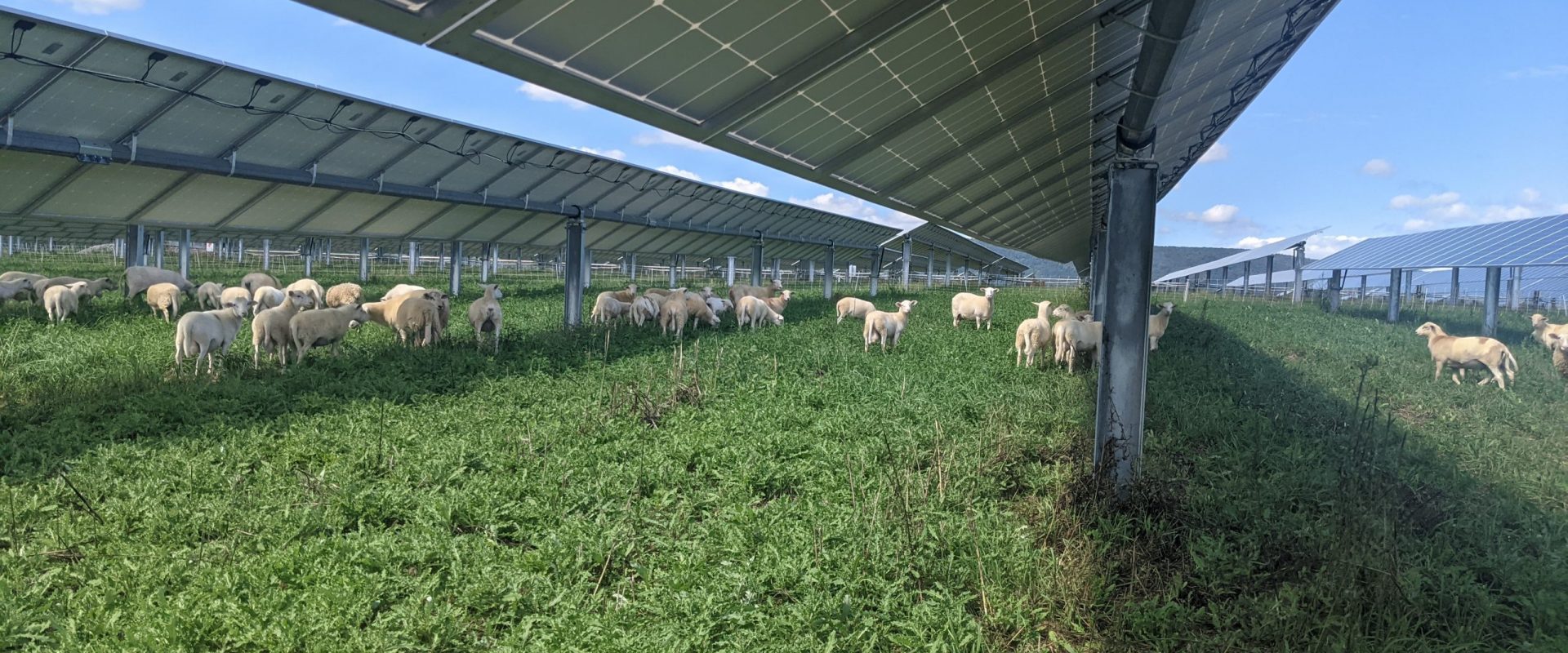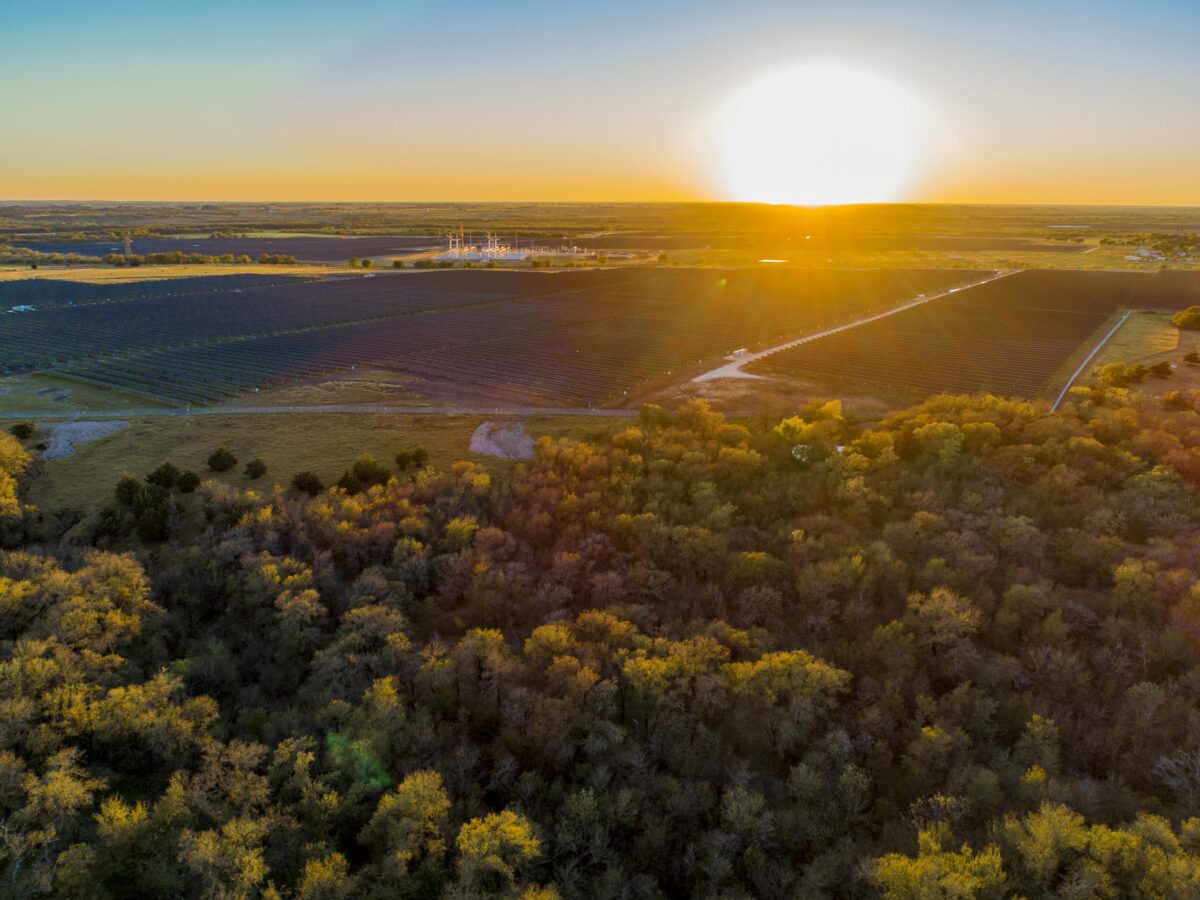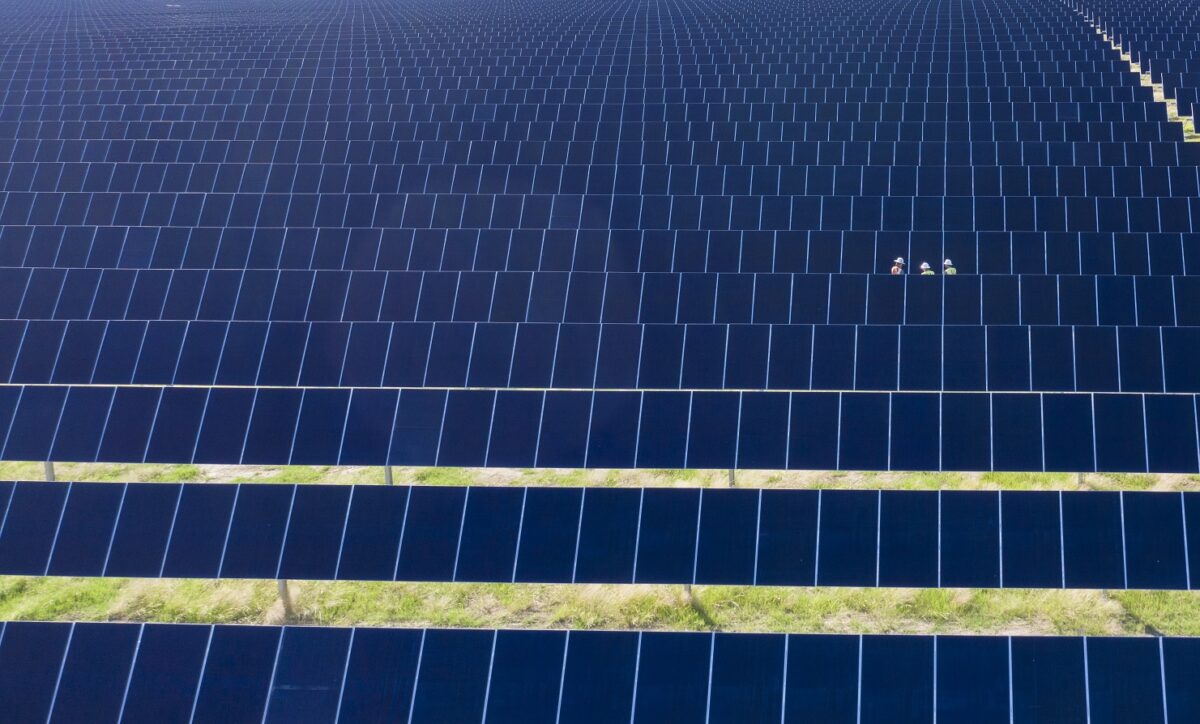Energy buyer’s guide 2: Why are you buying clean energy?
Second article in a series by Emilie Wangerman, Head of USA, COO:
What are your company goals and objectives?
Clean energy procurement is not a one-size-fits-all approach. As I wrote in my series opener What is the best way to buy clean energy?, multiple factors are considered when procuring renewable energy and, in most cases, one factor alone is not enough to determine what’s best for you. In this piece, I share how company goals often lead clean energy buyers toward their preferred contract structures.
Factor 1: Costs
For some companies, cost savings is a “must-have” for any clean energy procurement. Businesses look to solar energy as a cost-competitive form of electricity that hedges against energy market volatility and reduces their electricity bills. For companies focused primarily on affordability, the best course of action depends on the markets where they operate.
For instance, in higher-priced energy markets like New York or the Mid-Atlantic, solar prices will be significantly lower than the company’s current electricity prices. Contracting for solar energy through a Physical Power Purchase Agreement (or physical PPA) provides these customers or “buyers” with long-term predictable energy costs and minimizes their exposure to market volatility for the solar energy they’ve procured (curious how a physical PPA works? Check out this fun video explainer). Buyers can also choose to introduce further savings by procuring only the energy from the solar project without the project’s environmental attributes, which allows the Seller to offer a lower PPA rate as the Seller can monetize the environmental attributes separately. You may get creative and choose to procure energy-only as an entry into renewable procurement with an option to add the environmental attributes for an incremental fee at a later time, when you are more prepared to set aside that budget.
Buyers may also opt to buy clean energy through a Virtual Power Purchase Agreement (or VPPA) (here’s the explainer video for the VPPA) rather than a physical PPA. In this case, the Buyer is not physically receiving the energy from the solar project but will still save money by taking advantage of this same market volatility mentioned above. In a VPPA, the buyer benefits when the contract’s set rate, also known as the “strike price”, hedges against high energy market rates. For instance, when market prices spike during a heatwave or a deep freeze, VPPA customers profit from the difference between the high energy rates and their contract’s strike price. They then use this revenue to offset their higher electricity costs incurred during those high-priced weather events. You may similarly choose a to proceed with a virtual PPA in your high-priced region, to capture the upside, while maintaining your current electricity.
When in a lower-priced region, buyers may choose to contract for renewable energy credits (RECs) alone. This allows these companies to contract for clean energy credit without exposure to energy market volatility. However, RECs alone, while affordable and simple, may not give your company sufficient climate or sustainability credit. If your company is serious about being a leader in the climate movement, then you will likely need more meaningful engagement with renewable energy, which often comes through the PPA.
Factor 2: Sustainability Goals
Even when sustainability it not your primary motivation, most clean energy buyers seek to advance Environmental & Social Governance goals — what’s known as ESG. Companies prioritizing affordability first and ESG second may opt for a VPPA with “replacement RECs” (e.g., CRS listed or Green-e eligible). This is a lower cost option, where the Seller offers a reduced rate for the PPA because they sell the project’s environmental attributes to offset their costs and provide replacement RECs to support buyer’s sustainability goals.
One example of this type of transaction is Lightsource bp’s partnership with SEPTA, the Southeastern Pennsylvania Transportation Authority. Our Elk Hill Solar projects support SEPTA’s sustainability goals while saving them money on their electricity bills. SEPTA opted to procure energy through a VPPA with replacement RECs. SEPTA sought to engage in renewable energy but required cost savings on their electricity bills. This structure enables both. You can read more about Elk Hill Solar 2 here.
If your company is buying clean energy primarily as an ESG investment, then RECs alone or replacement RECs may be insufficient. RECs do count towards RE100 goals but do not go as far in advancing ESG tracking or shareholder commitments relative to project-specific energy and REC procurement. Companies who prioritize ESG often prefer to support new renewable energy projects through physical or virtual PPAs. These deals count towards RE100 goals and go a step beyond RECs by directly driving the development of new renewable energy — what is referred to as “additionality.” And, with a physical PPA, companies gain the same environmental benefits as the virtual PPA yet go a step even further by replacing their current dirty energy supply with the clean solar energy. If you’re looking to get more ESG value from your solar energy procurement, then you will want to consider a physical PPA.
Factor 3: Local impact and engagement
Furthermore, some buyers look for the opportunity to make a local impact with their ESG investment. These companies tend to select a clean energy project located close to where they are consuming the electricity. Close could mean within the same wholesale energy market or even having a project built on their own land. This allows these companies to buy local energy, which directly supports the local economy, adds local jobs, and introduces opportunities for research partnerships and local community engagement.
A good example of this positive local impact is Lightsource bp’s partnership with Penn State. As a university in a high-priced electricity market, Penn State looked to invest in renewable energy while making a positive impact on their local community and mitigating energy market volatility. Penn State chose a physical PPA for the energy and project RECs from our Nittany Solar projects, which are located within Pennsylvania. Penn State leverages the affordable PPA rate to minimize their exposure to market volatility while also contributing local economic benefits and using the sites as living laboratories, where students and faculty engage with the project through tours and research. You may elect a physical PPA for a local solar project’s energy and RECs as a way to maximize your ESG impact.
Your company’s goals and objectives related to cost, sustainability, and local impact are important factors in your clean energy procurement decisions. There are other factors to consider, which I will cover in future articles. My next article will address your company’s internal resource capacity in supporting clean energy procurement and how that capacity will shape the contract structure. I’ll share how some companies are well suited for big data analysis and energy tracking, while others may prefer a more hands-off approach. I will also discuss how experience with energy markets and ability to manage complex accounting requirements play an important role in determining which offtake structure is right for you.
Emilie Wangerman first published this article on LinkedIn in on May 26, 2022. To leave a comment or question, please view the original post here.
About the author:
Emilie Wangerman brings 13 years of energy industry experience across energy procurement, customer programs, operations, power marketing, acquisitions, and growth strategy to her role as the Head of USA, COO for Lightsource bp. She joined Lightsource bp in late 2017 to significantly accelerate expansion into the U.S. market. Since then, the U.S. team has developed more than 3.4GW of projects, raised more than $4 billion in project financing, and built a strong pipeline of over 30GW. During 6 years under Emilie’s leadership, the business development team executed more than 4GW of power contracts with a wide range of power purchasers that include universities, utilities and well-known brands such as McDonald’s, eBay, Verizon, and Amazon. The team also acquired over 15GW of projects to support the greenfield pipeline.
Prior to Lightsource bp, Emilie held leadership positions at Pacific Gas and Electric (“PG&E”) and Intel Corporation. Emilie received a Bachelor of Science in both Chemical Engineering and Psychology from Rensselaer Polytechnic Institute, a Master of Business Administration at Duke University’s Fuqua School of Business, and a Master of Environmental Management at the Nicholas School of the Environment.
Read Emilie’s leadership story here.
Partner with us: Energy Buyers
Discover how Lightsource bp works with largescale energy buyers to execute power purchase agreements customized to your business needs.
More from our Energy Buyer's Guide
11 Apr, 2022
Energy buyer’s guide part 1: What is the best way to buy clean energy?
Article by Emilie Wangerman
09 Aug, 2022
Energy buyer’s guide part 3: Who do you need on your team for successful renewable energy procurement?
Article by Emilie Wangerman
23 Aug, 2022
Energy buyer’s guide part 4: The many advantages of the Inflation Reduction Act
Article by Emilie Wangerman




